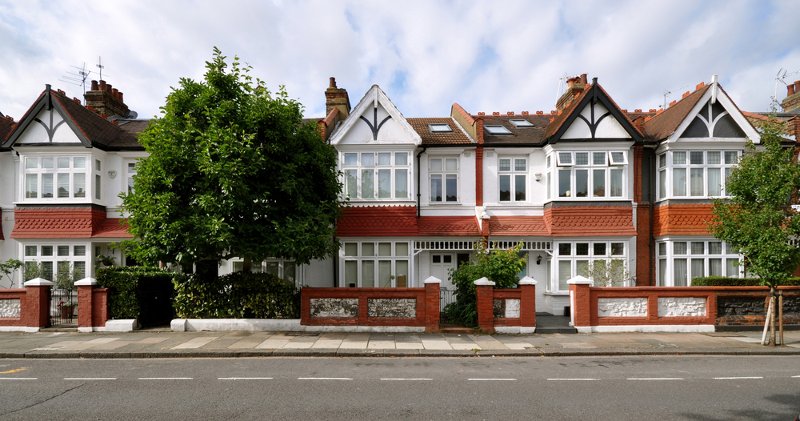This was back when house prices increased by 2.3%. House price growth was strongest in Northern Ireland where prices increased by 5.5% over the year to Quarter 4 (Oct to Dec) 2018. This was followed by Wales and the West Midlands region, both increasing by 5.2% in the year to December 2018.

UK house prices grew by 2.5% in the year to December 2018, down from 2.7% in the year to November 2018, the lowest annual growth for the UK since July 2013, the ONS House Price Index has found.
This was back when house prices increased by 2.3%. House price growth was strongest in Northern Ireland where prices increased by 5.5% over the year to Quarter 4 (Oct to Dec) 2018. This was followed by Wales and the West Midlands region, both increasing by 5.2% in the year to December 2018.
Danny Belton, head of lender relationships, Legal & General Mortgage Club, said: “While some buyers and sellers may be hesitant to take any action in the current political climate, choosing to take the ‘wait and see’ approach – there are still plenty of positives in the market to highlight.
“The ever-growing number of mortgage products available, combined with low interest rates and steadier house price growth is good news to those who are looking to get onto or move up the property ladder.
“With all of the choice available, it may seem a little daunting to those wanting to buy their first property. For any buyers unsure of where to start, a mortgage adviser can provide a helping hand.
“Not only can these industry professionals provide bespoke advice, but their extensive knowledge of the market means they are best placed to find the right mortgage for a borrower’s needs.”
The lowest annual growth was in the North East, where prices fell by 1.0% over the year to December 2018, down from an increase of 1.7% in November 2018. This was followed by London where prices fell 0.6% over the year. London house prices have been falling over the year each month since July 2018.
Jeff Knight, marketing director for Foundation Home Loans, added: “With Britain’s imminent EU departure seemingly looming, the vast majority of would be buyers have opted to observe market activity from the side-lines rather than participate in active opportunities.
“That said, regional price growth continues to be robust and reflects significant investment, particularly compared to London where political uncertainty is taking its toll.
“On the buy-to-let side, remortgage activity will continue as landlords come off fixed rates and/or look to raise capital. I expect this to be more prevalent amongst portfolio landlords.”
The Bank of England’s Agents’ summary of business conditionsfor 2018 Q4 reported that along with low supply of houses, demand was also falling. Housing activity in southern England was muted due to uncertainty, with transactions postponed until after the EU withdrawal.
The demand for new build houses remained stronger outside London, in part due to housebuilders offering more incentive to finalise sales.
The Royal Institution of Chartered Surveyors’ (RICS)UK Residential Market Surveyfor December 2018 reported that new buyer enquiries fell for the fifth month in a row.
This fall in demand was accompanied by a lack of fresh stock coming into the market as the survey’s indicator on new instructions remained in negative territory for the sixth report in a row.
TheUK Property Transactions Statisticsfor December 2018 showed that on a seasonally adjusted basis, the number of transactions on residential properties with a value of £40,000 or greater was 102,330.
This is 3.6% higher than a year ago. Between November 2018 and December 2018, transactions fell by 0.1%.
Scotland saw house prices increase by 2.4% over the last 12 months while England saw the average price increase by 2.3% over the year.
Dilpreet Bhagrath, mortgage expert at Trussle, said: “Even with the slight increase in prices, it’s clear that Brexit nerves and uncertainty is still affecting the market. Not to mention the ongoing lack of supply, with more risk-adverse sellers staying put until the economic picture becomes clearer.
“That said, for new buyers, the current low interest rate climate coupled with the government’s commitment and extension of the help-to-buy scheme will offer further support for those hoping to get a foot on the ladder.”



